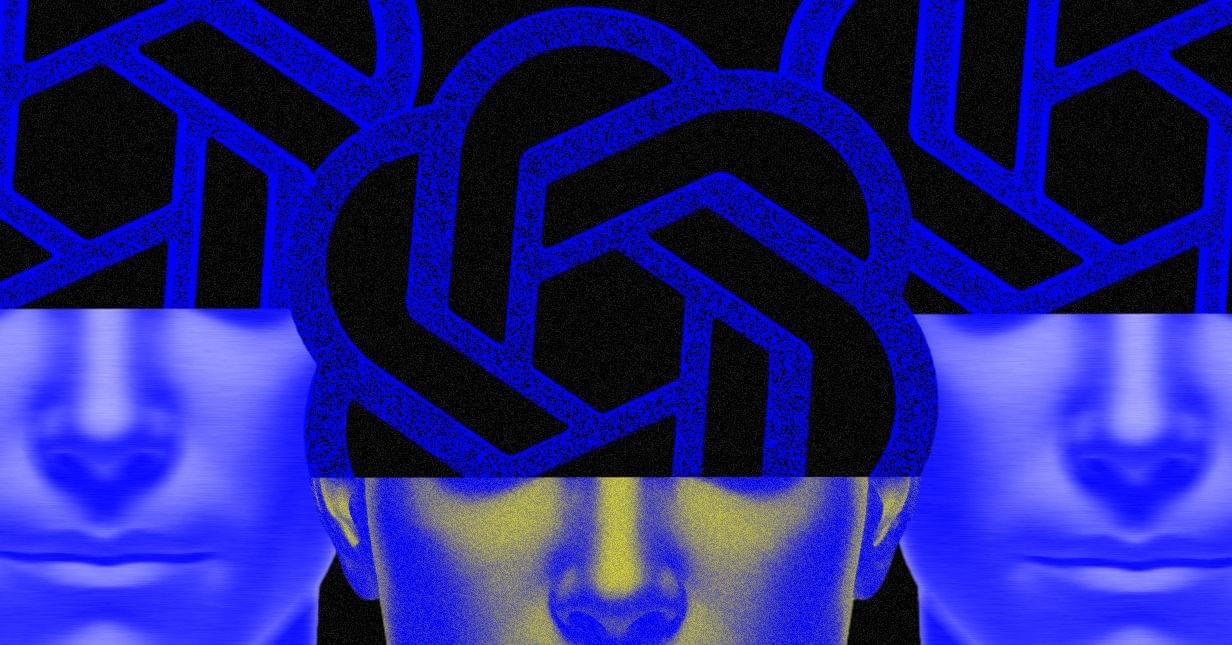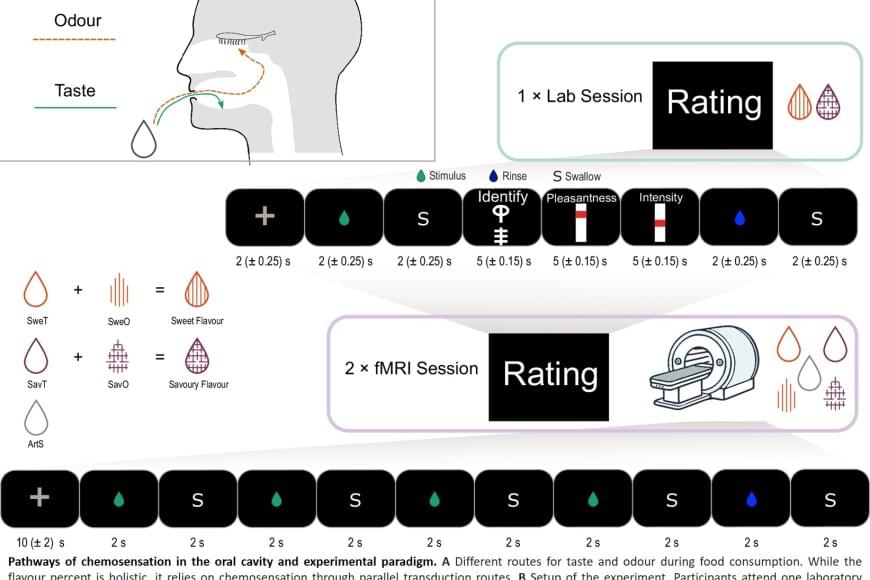Tesla continues to advance and solidify its momentum in the electric vehicle market through significant technological innovations, expansions, and achievements in autonomous driving, AI-powered technologies, and overall growth.
## Questions to inspire discussion.
Robo Taxi Service Expansion.
🚕 Q: How has Tesla’s robo taxi service in California expanded its operations? A: Tesla’s robo taxi service now operates until 2 a.m. with only 4 hours of downtime, indicating operational readiness and confidence in the system’s performance.
🌎 Q: What hiring moves suggest Tesla’s plans for global robo taxi expansion? A: Tesla is hiring a senior software engineer in Fremont to develop backend systems for real-time pricing and fees for robo taxi rides worldwide.
🌙 Q: How is Tesla preparing for expanded robo taxi coverage across the US? A: Tesla is hiring autopilot data collection supervisors for night and afternoon shifts in Arizona, Florida, Texas, and Nevada, indicating planned expansion of services.







